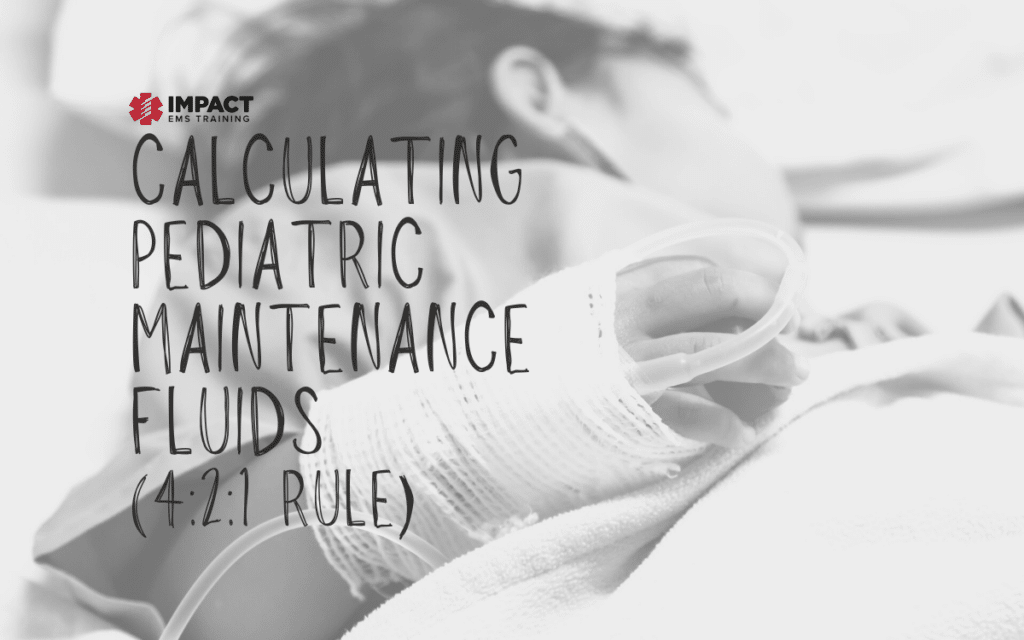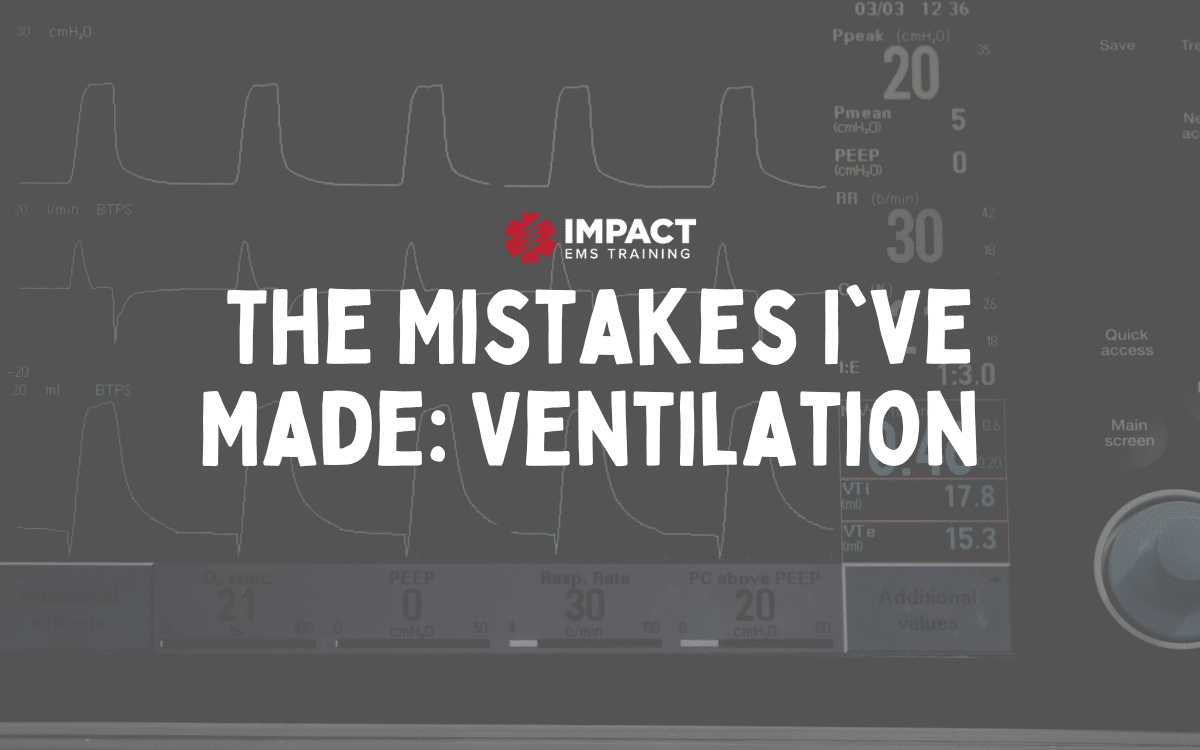
Pediatrics, calculations, fluids, maintenance, hypotonic, isotonic?!?! These words bring on a new type of stress. This stress usually appears while you are handing over $300 and sitting down for your FP-C® Recertification Course | 100 Hour or CFRN board exam. Planning to take one of these certification tests? I can guarantee that you will have to know these calculations. Although these calculations are utilized in the hospital/critical care setting, they are fundamental in treating pediatrics in any realm.
“Maintenance intravenous fluids (IVFs) are used to provide critical supportive care for children who are acutely ill… they should only be administered when clinically indicated.” (Feld et al.)
4 2 1 Fluid Rule
Prehospital providers are drilled with the standard PALS formula for fluid resuscitation, 20ml/kg, or 10ml/kg for infants. These bolus fluids are indicated for patients suffering from gastrointestinal illness, poor oral intake, or traumatic injuries where hemodynamic status is compromised. I know what you’re thinking…WE DON’T RESUSCITATE WITH PASTA WATER, BLOOD BLOOD BLOOD! Lucky for you, we’re talking maintenance, not trauma resuscitation. Remember maintenance fluid calculations are NOT for our hypovolemic patients.
Pediatric Maintenance Fluids 4 2 1 Rule
I remember in paramedic school, any answer in regards to fluid administration was always “titrate to effect”. Well, that is the worst answer you can pick, especially when dealing with the pediatric population. Pediatrics are sensitive to fluid and can be overloaded, leading to electrolyte imbalances, kidney dysfunction, and cardiovascular failure. Due to physiological differences in pediatric patients, fluid therapy can vary widely. These differences include higher metabolic rates, caloric expenditure, body surface area, and respiratory rates. These higher amounts contribute greatly to the insensible losses of fluid in the pediatric patient.
Pediatric IV Fluid Administration & Maintenance
Fluid administration is classified into two categories, maintenance, and deficits/replacements. Depending on the clinical status of the patient maintenance fluids are in ADDITION to deficit/ replacement volumes. These fluids are calculated to be given based on the expenditure of energy and physiological needs.
Fluid is lost through sensible, insensible, and clinical factors. The majority of clinicians would guess that most fluid loss is through urine and fecal water, and that’s correct! We also need to consider insensible loss like sweat and respirations, and clinical conditions like burns, fevers, hypermetabolic states, and respiratory illness. These rates are adjusted to compensate for those underlying conditions.
4 2 1 Rule Calculator
Originating in a 1957 study, Malcolm Holliday and William Segar developed an equation for adequate maintenance fluids, hence the Holliday-Segar Rule. What they found was a linear representation between a child’s physiological needs and basal metabolic rate, where a computed average number could be formulated. So what does all this mean? Well, 1kcal burned equals approximately 1ml of water lost. With that, we can calculate fluid requirements based on weight in kilograms, and here is how!

*Figure 1 (Kalra)
References
- Feld, L., Neuspiel, D., Foster, B., Leu, M., Garber, M., Austin, K., . . . Moritz, M. (2018, December 01). Clinical Practice Guideline: Maintenance Intravenous Fluids in Children. Retrieved August 07, 2020, from https://pediatrics.aappublicat…
- Fox, S. (2015, October 01). Maintenance Fluids. Retrieved August 07, 2020, from https://pedemmorsels.com/maint…
- Kalra, A. (2014). The “4-2-1” Rule for Maintenance Fluid Therapy in Infants and Children. Retrieved August 07, 2020, from https://www.maskinduction.com/…
- Meyers R. S. (2009). Pediatric fluid and electrolyte therapy. The journal of pediatric pharmacology and therapeutics : JPPT : the official journal of PPAG, 14(4), 204–211. https://doi.org/10.5863/1551-6…
Impact EMS offers accredited certification and refresher courses in one trusted location. Fully prepare for certification exams and maintain licensure with skill building credits.






